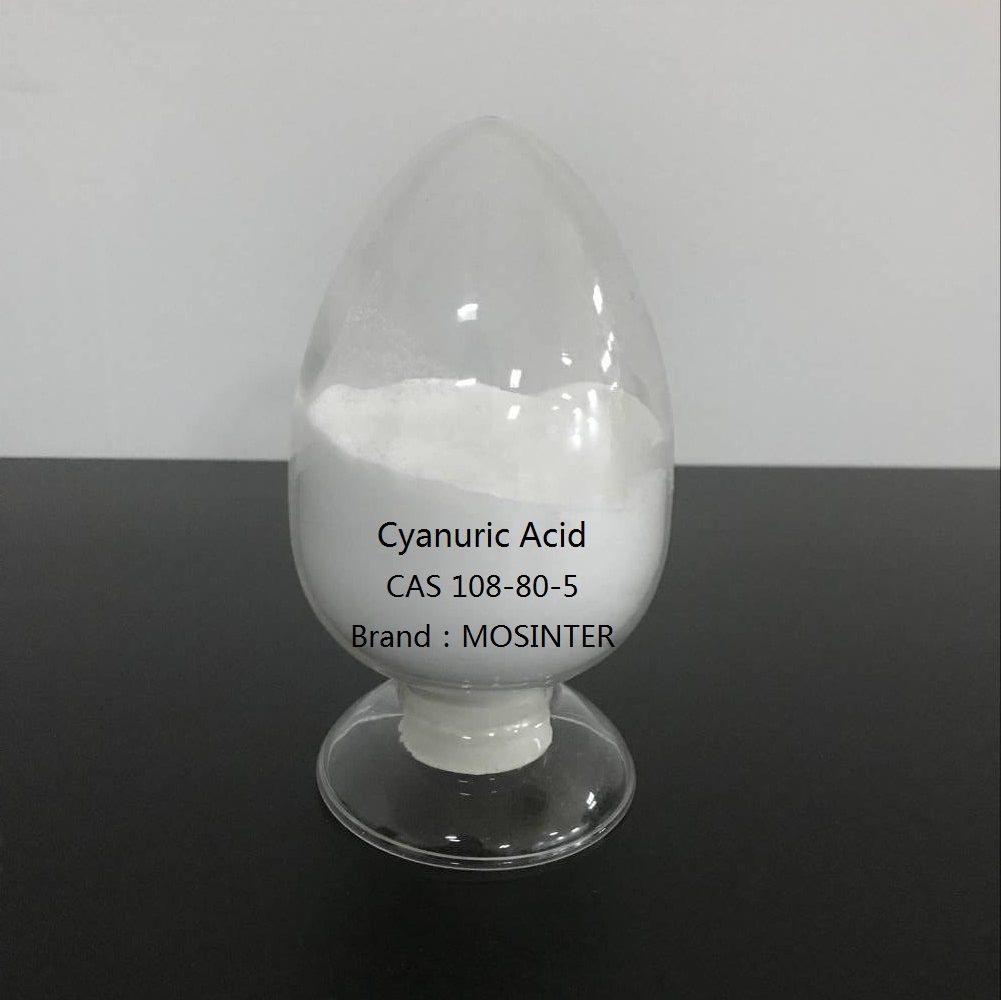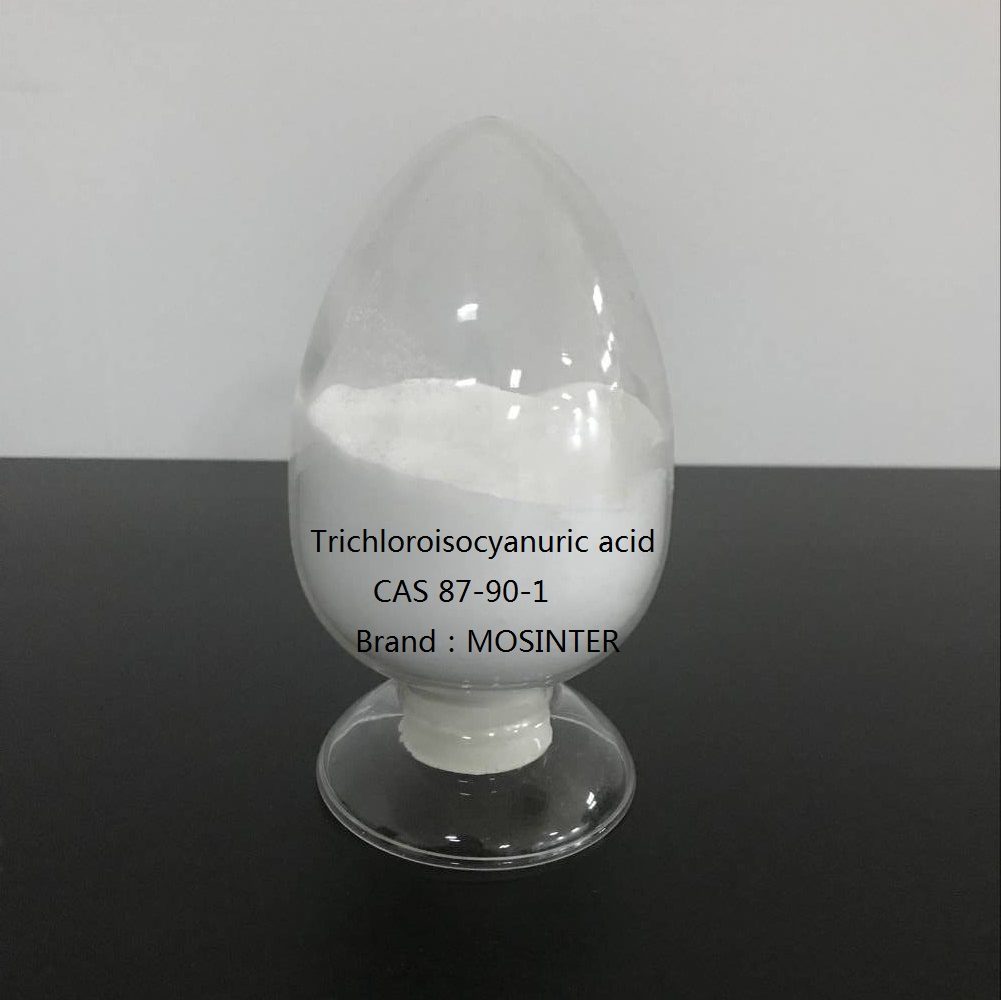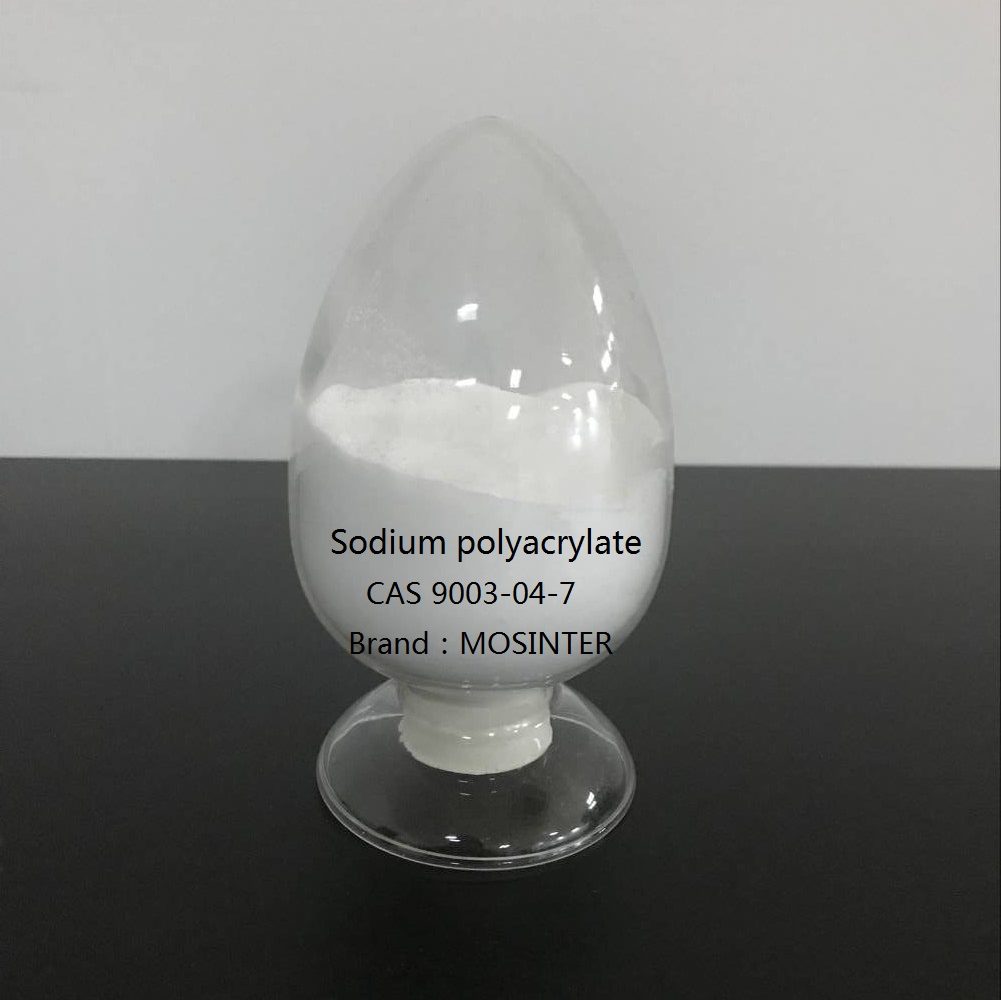- Have any questions?
- +86-189 8930 5995
- sales@mosinterchem.com.cn
Phosphorous Acid CAS 13598-36-2

Ammonium Heptamolybdate CAS 12027-67-7
18/12/2018
Sodium carbonate peroxide CAS 15630-89-4
18/12/2018| Model: | MOS13598-36-2 |
| Brand Name: | MOSINTER |
| CAS No.: | 13598-36-2 |
| Molecular formula: | H3O3P |
| Flashing point: | 200°C |
| Molecular weight: | 82 |
| Melting point: | 73 °C |
| Boiling point: | 200 °C |
| Density: | 1.651 g/mL at 25 °C(lit.) |
| Storage condition: | 0-6°C |
| Soluble: | SOLUBLE |
| Sensibility: | Air Sensitive & Hygroscopic |
Phosphorous Acid (CAS: 13598-36-2)
| Item | Index | Index |
| Appearance | White crystalline powder | White crystalline powder |
| H3PO3 %≥ | 98.0 | 99.0 |
| Fe %≤ | 0.005 | 0.0012 |
| Cl %≤ | 0.01 | 0.01 |
| SO4 %≤ | 0.006 | 0.006 |
| PO4 %≤ | 0.1 | 0.1 |
Phosphorous acid is the compound described by the formula H3PO3. This acid is
diprotic (readily ionizes two protons), not triprotic as might be suggested by this formula.
Phosphorous acid is an intermediate in the preparation of other phosphorus compounds.
Uses
In industry and agriculture
The most important use of phosphorous acid is the production of phosphonates which are used in
water treatment. Phosphorous acid is also used for preparing phosphite salts, such as potassium phosphite.
These salts, as well as aqueous solutions of pure phosphorous acid, have shown effectiveness in controlling
a variety of microbial plant diseases, in particular, treatment using either trunk injection or foliar containing
phosphorous acid salts is indicated in response to infections by phytophthora and pythium-type plant pathogens (both within class oomycetes, known as water molds), such as
dieback/root rot and downy mildew. Anti-microbial products containing salts of phosphorous
acid are marketed in Australia as ‘Yates Anti-Rot’; and in the United States of America, for example, aluminum salts of the
monoethyl ester of phosphorous acid (known generically as ‘Fosetyl-Al’) are sold under the trade name ‘Aliette’. Phosphorous acid and its salts, unlike phosphoric acid, are somewhat
toxic and should be handled carefully.
You must be logged in to post a review.








Reviews
There are no reviews yet.